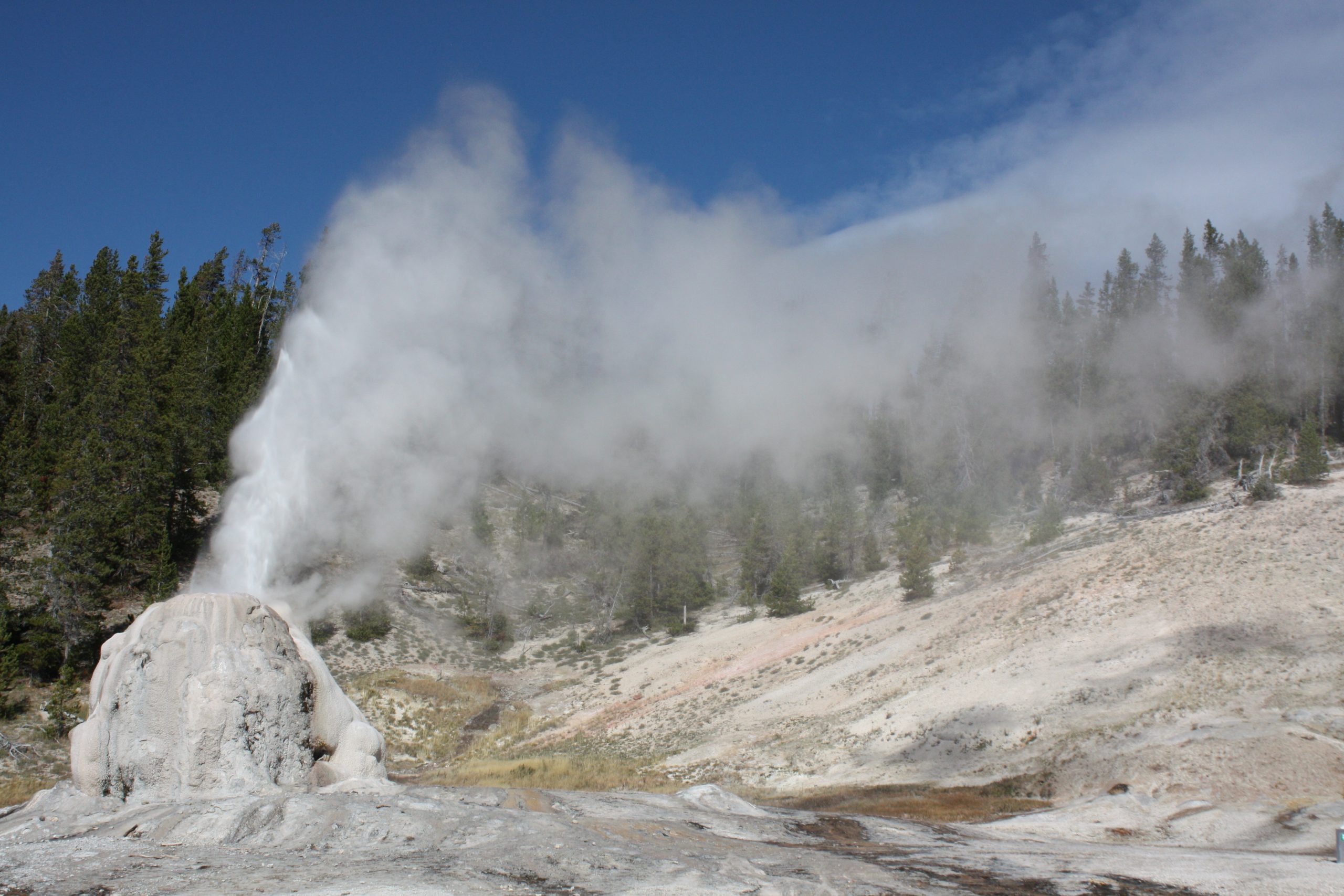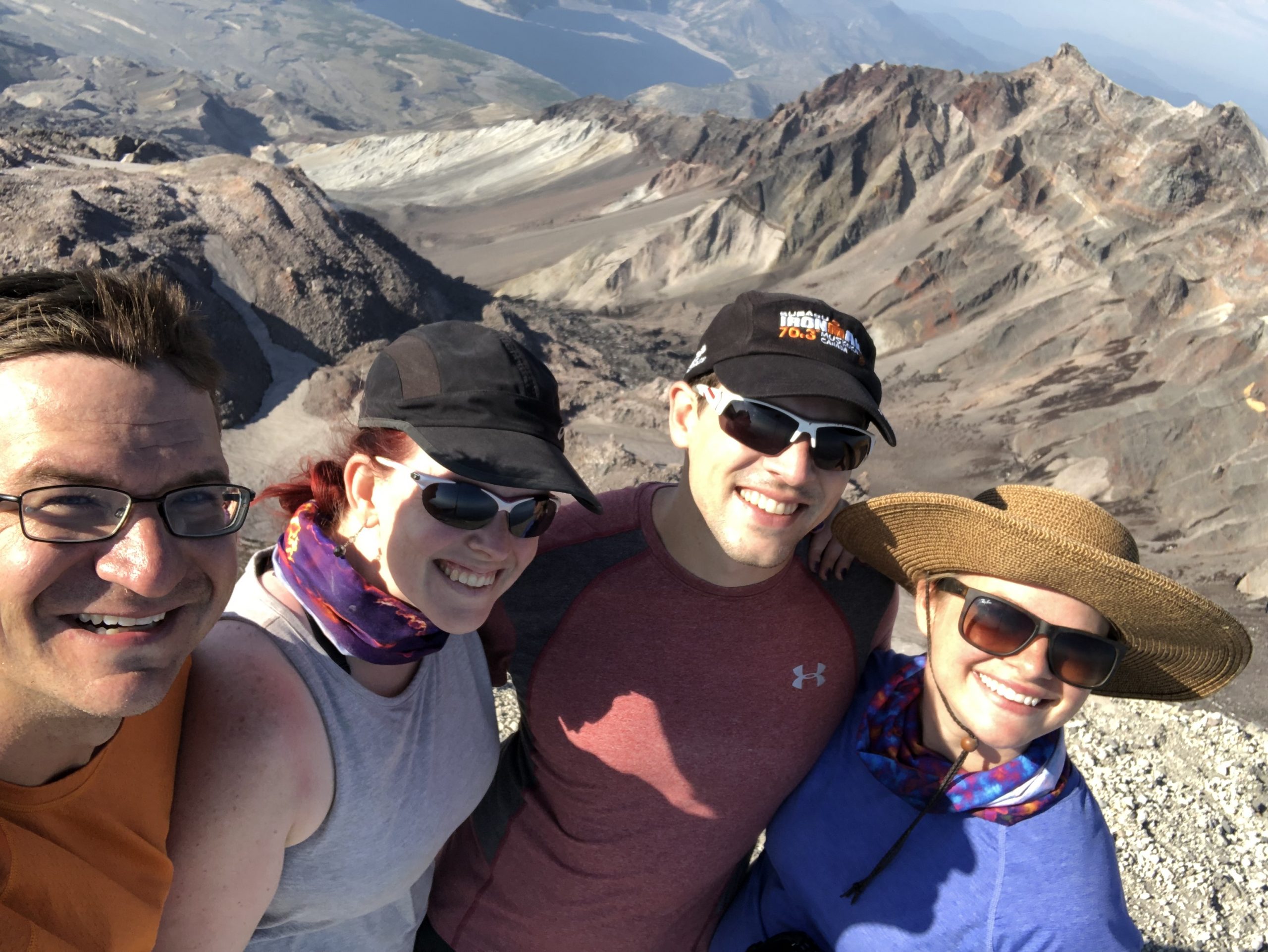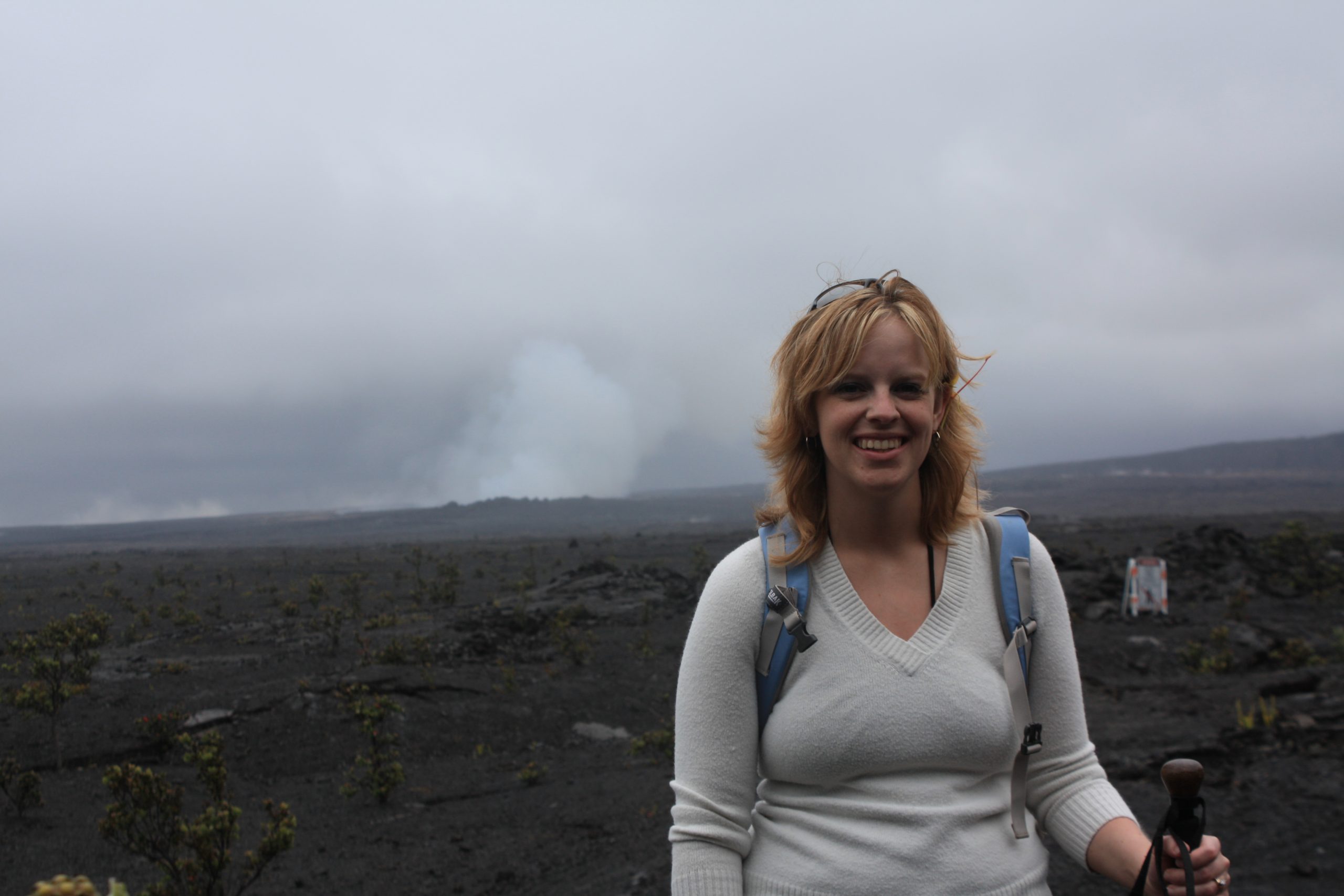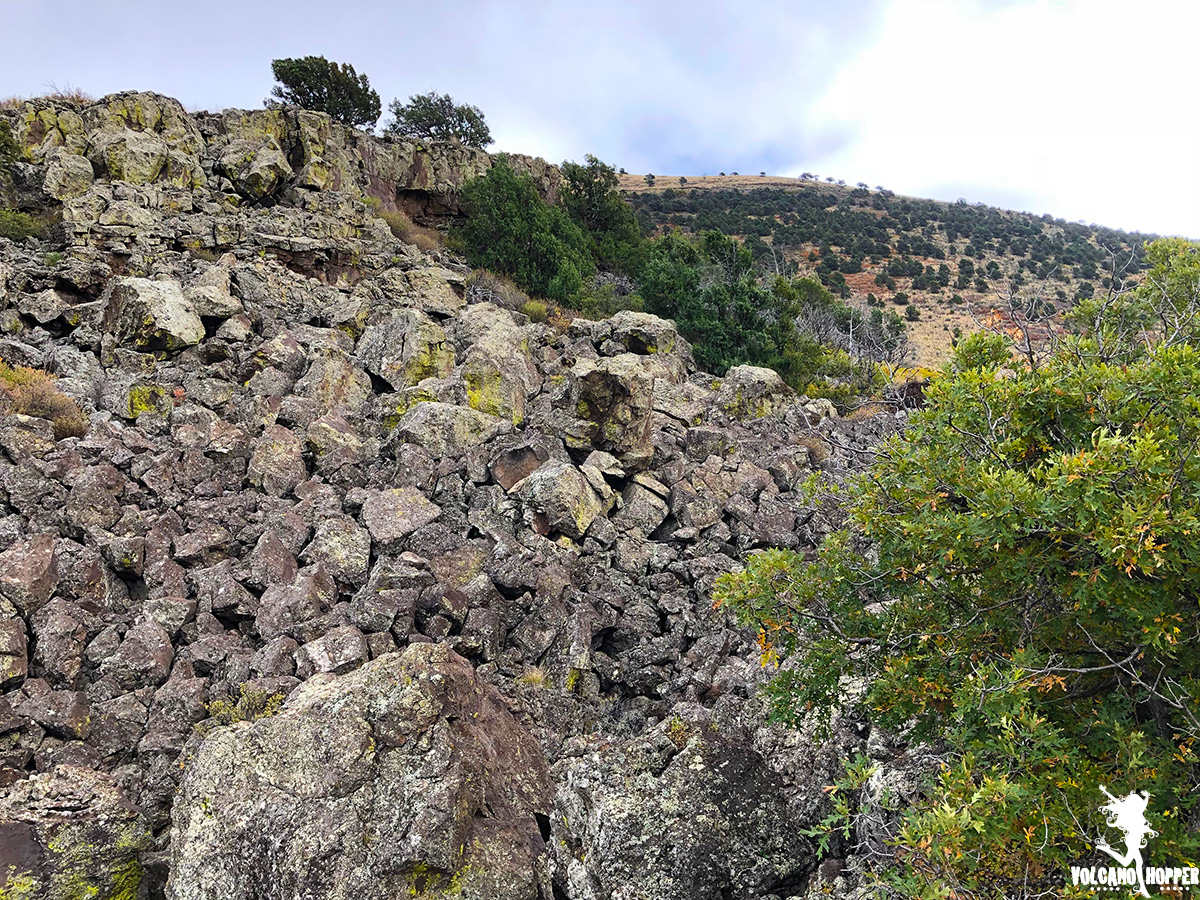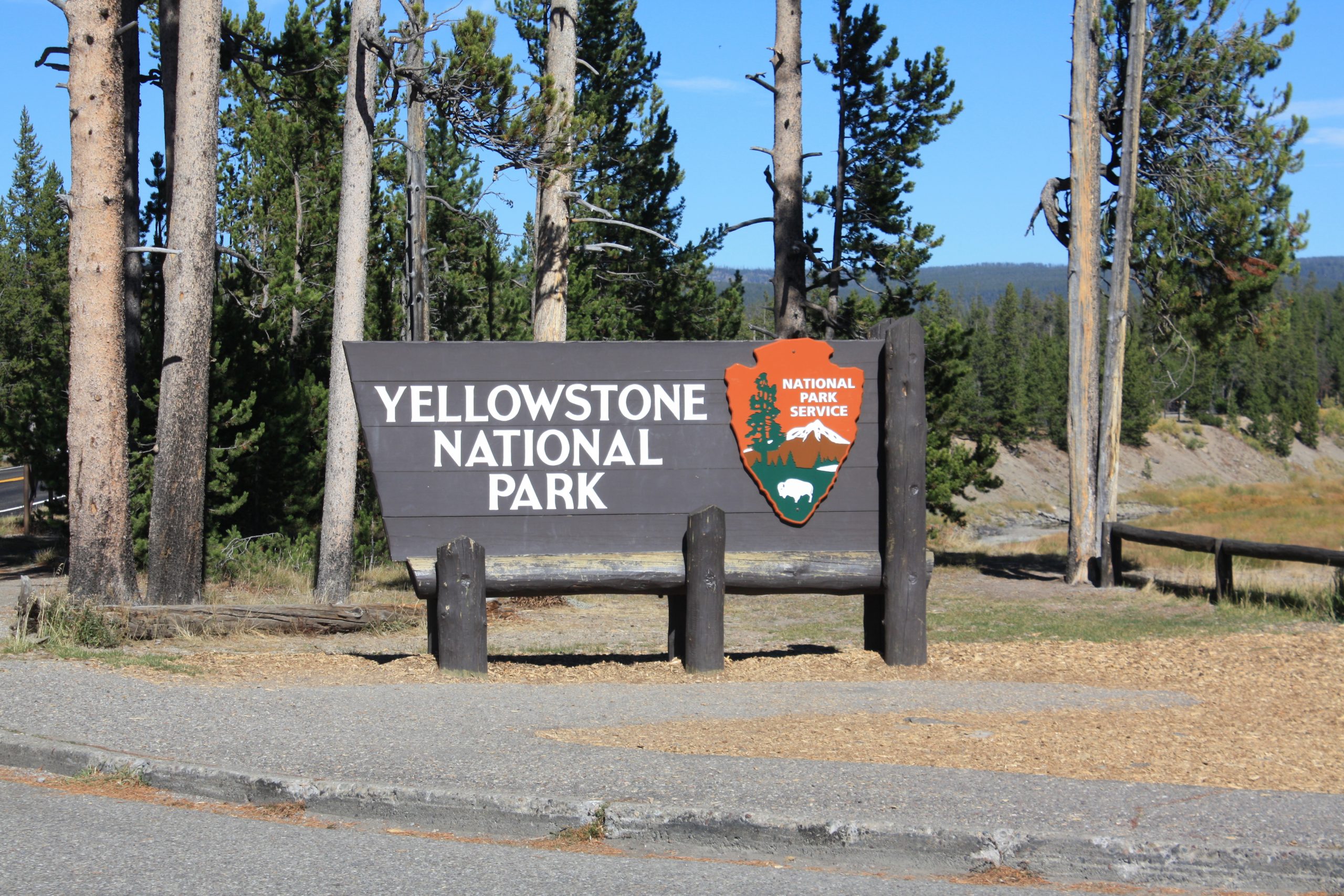Yellowstone: Lone Star Geyser
Lone Star Geyser is a hidden gem just off the beaten path in Yellowstone National Park.
Exploring Wheeler Geologic Area
Wheeler Geologic Area was created from the fallout of Earth’s largest explosive eruption. When La Garita Caldera exploded millennia ago, it deposited 1,200 cubic meters of volcanic material throughout the state of Colorado. The Fish Canyon Tuff, as it has come to be known, can most easily be seen here at Wheeler Geologic Area. Nestled deep in Colorado’s San Juan Mountains, the tuff here has been well preserved over the years due to the surrounding valley. Wind and water have weathered the tuff over time, sculpting a dramatic landscape of spires.
Not very many visitors brave the 14-mile service road or 16-mile hike through the volcanic landscape. We not only love to explore volcanoes, but we love to discover the side of them that many people don’t get to see. Five of us began our hike at dawn from Hanson’s Mill, through thick forest and over age-old lava flows. (Catch up on the first part of our adventure here.) With the first stretch of our journey under our belts, we set off to explore the tuff formations at Wheeler Geologic Area.
Dragon’s Eggs
The trail rose steeply as we entered the 640-acre geologic area. Eroded tuff and ash covered the trail. It making it as slippery as a sand dune in places. Forest and foliage had taken root in the ashy soil and pines towered high above our heads. A creek bubbled across the trail and we hopped it, heading deeper into the monument.
Mount St. Helens: Sweet Summit Success!
Monitor Ridge – Part 2
Three steps. Two. One. Suddenly, Mount St. Helens’ summit crater stretched wide open in front of me. The rim of the crater curved around to the north like eagles’ wings. An enormous lava dome that dwarfed everything around it sat perched in the heart of the mile-wide crater. The lava dome itself sat steaming happily away, tendrils of the white steam curling up toward us. The sharp scent of sulfur – like rotten eggs – made my nose sting.
We had made it! I clung to my husband, brother, and sister as we cried victorious tears. Jason, Paul, and Alex had each been overwhelmingly patient and kind to me on that hike. Twenty-four hours before, none of us imagined we’d be standing there together. But there we were! Successful because of each other’s patience, love for each other and for the volcano, and because of God’s grace.

5 Ways to Prepare to Hike a Volcano
How is it midway through the summer already?! It seems like the snow only just melted here in the Rockies. With the summer comes hiking season – and volcano hopping! So get your boots laced and hiking poles out. Here is my list of 6 ways to prepare yourself to hike a volcano:
Capulin: The Boca Trail
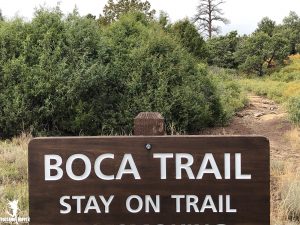
VITAL STATS
Name: Capulin
Type: Cinder Cone
Eruption Status: Extinct
Last Eruption: Approximately 60,000 years ago
Location: 36.7811° N, 103.9695° W
Northeastern New Mexico; Raton-Clayton Volcanic Field
We coasted down the volcano road, enjoying our descent from Capulin’s summit. The clouds had finally lifted and myriad volcanoes now popped up from the dusty New Mexican landscape. My partner in crime and I headed in to the Visitor Center for a quick break and a chat with the friendly and knowledgable park rangers. They offered us great information about how Capulin became a national monument in 1916 and how summit road was covertly created in 1925 so that the first Model T’s could putter to the top. Our ranger friends even were able to answer questions about the volcanism of the area. They confirmed that what we spotted on the lava flow trail earlier in the day was indeed andesite – which gave this volcano its explosive past.
Itching to get back outside and explore the Boca Trail, we drove back to the same parking lot where the Lava Flow trail started. Instead of heading South and sweeping through the volcano’s second lava flow, this trail heads north and winds between the cinder cone and the third lava flow. But here, we found something special. We found the vent from which each of these lava flows emerged.
Have adventures, but don’t get injured!
Feeling your knee pop ranks on the list of Top 10 Terrifying Moments, right next to feeling the lava give way beneath your boots, or facing a starving tiger. In that split second after it pops, all sorts of frenzied things race through your mind. “That’s it! I’m done for! I’ll never walk again!”
Lucky for me, I wasn’t 12 miles up a lava field when it happened. I was just standing around, talking story. Yes, I am talented enough to hurt myself while standing still. It takes real skill to do that. But the truth is, this injury was a long time coming.
Exploring Yellowstone
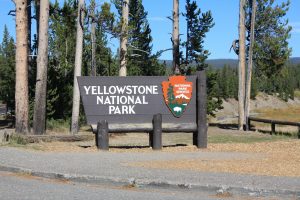
Sit back and close your eyes for a moment. What comes to your imagination when I say “Yellowstone?” Do you see a national park full of sweeping forests and gushing rivers? Vast herds of buffalo grazing on the sweet grasses and bears romping through the hills? Are you imagining the white spray of a geyser as it shoots water over a hundred feet into a crystal blue sky? And do you imagine the throbbing pulse of a volcano just beneath your feet as you stand in the heart of the park?
Sometimes that last one catches people off guard. Many people who visit Yellowstone each year have no idea that they’re visiting an active volcano. But it is the volcano that creates such a fascinating and other-worldly terrain out of what would be just another mountain range. In fact, the area is so unique and unusual that no one believed the “frontier fiction” that returning fur traders in the 1700’s were spinning. It was made a national park in 1872 to protect such incredible features.

